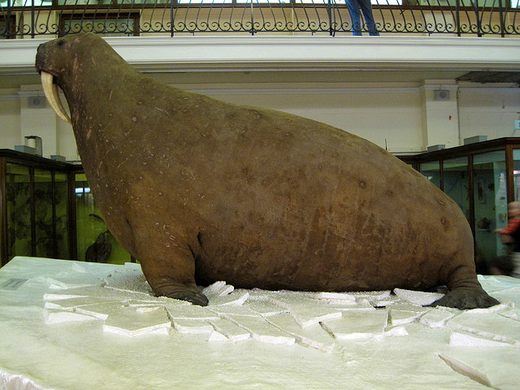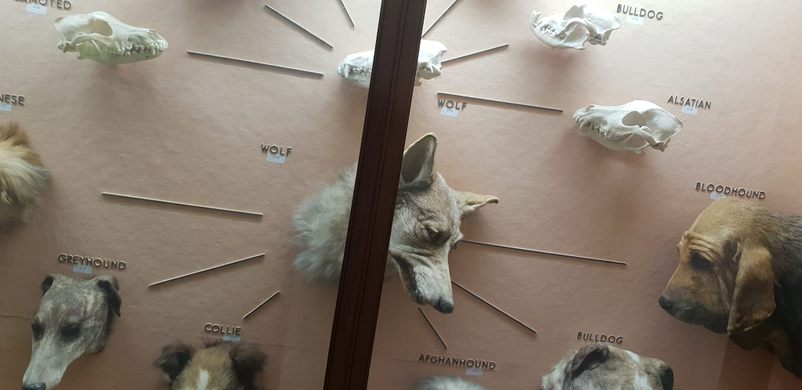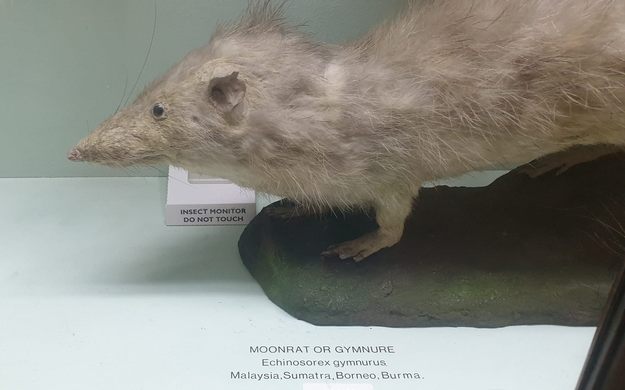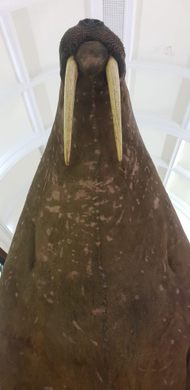AO Edited
Horniman Museum and Gardens
A Victorian natural history and ethnographic museum with wonderful turn-of-the-century, science-book-esque evolution displays.
London’s Horniman Museum has been showing off its unique collections since 1890.
Focusing on anthropology, natural history and incongruously, musical instruments, the Horniman artfully displays its eclectic collections as though you are wandering through a living science book.
The museum was founded by philanthropist Frederick John Horniman who had used the proceeds from his world-famous tea company to travel the world and amass a wondrous collection of artifacts, instruments and anthropological oddities. Eventually, Horniman’s collection overtook his home and he opened the house to the visiting public. The tea magnate continued to collect and in 1901 the current museum and gardens were opened, and have been attracting visitors as diverse as the collection itself.
Special care has been given to the Horniman’s display method which uses the various items to create 3D diagrams and charts to better contextualize the importance of the various bones, relics, and specimens. In addition to the stacks of glass-cased displays, the facility also features an aquarium replete with live jellyfish, seahorses, stingrays, Tropical marine fish, Tropical Amazonian fish, and poison dart frogs.
Today the Horniman Museum holds over 350,000 objects and continues to grow. Among the taxidermy collection, you’ll find some poignant specimens of now-extinct species, such as the passenger pigeon and the Hawaiian Huia. (Somewhat ironically the Victorian obsession with taxidermy collections contributed to the extinction of the latter.) There’s even a sinister-looking specimen of a “Japanese mermaid,” an elaborate fake created in the 19th century. The most famous object, however, is definitely the overstuffed walrus that sits proudly on a fake iceberg (Victorian taxidermists didn’t realize that a walrus would have wrinkles).
The building from the outside is an architectural treasure and was constructed according to the aesthetics of the “Arts and crafts” movement. It features a large, ornate clock tower and a Greco-Roman mural. The surrounding gardens are beautifully maintained, with a fern garden containing prehistoric-looking plants, a sensory garden, and even a petting zoo with South American llamas and African Pygmy goats. Depending on the weather, you may also have a fine view of the city from the museum’s gardens—if it isn’t too cloudy, that is.
Check the website for some of the museum’s many educational and family-friendly events and take a trip to one of the most immersive museums in the world.
Know Before You Go
By bus 176, 185, 197, 356, P4 - stop outside the Museum and Gardens on London Road 122 - stops on Dartmouth Road P13 - stops on Underhill Road 363 - stops on Sydenham Hill Road By train / London Overground The Horniman is a five to ten minute walk from Forest Hill station and is signposted from the platform 1 exit. Please be aware this walk is uphill, although there are several bus services which stop at both the station and museum (see above). Forest Hill is on the London Overground line between Highbury and Islington and West Croydon / Crystal Palace line which offers a high frequency service. The station is also well served by trains from Central London, Croydon and Surrey. Direct train services run from London Bridge (approx every ten minutes, journey time 13 minutes) linking with the Northern and Jubilee lines, and London Victoria linking with the Victoria, Circle and District lines, East Croydon, West Croydon, Sutton, Purley and Caterham.
























































Follow us on Twitter to get the latest on the world's hidden wonders.
Like us on Facebook to get the latest on the world's hidden wonders.
Follow us on Twitter Like us on Facebook